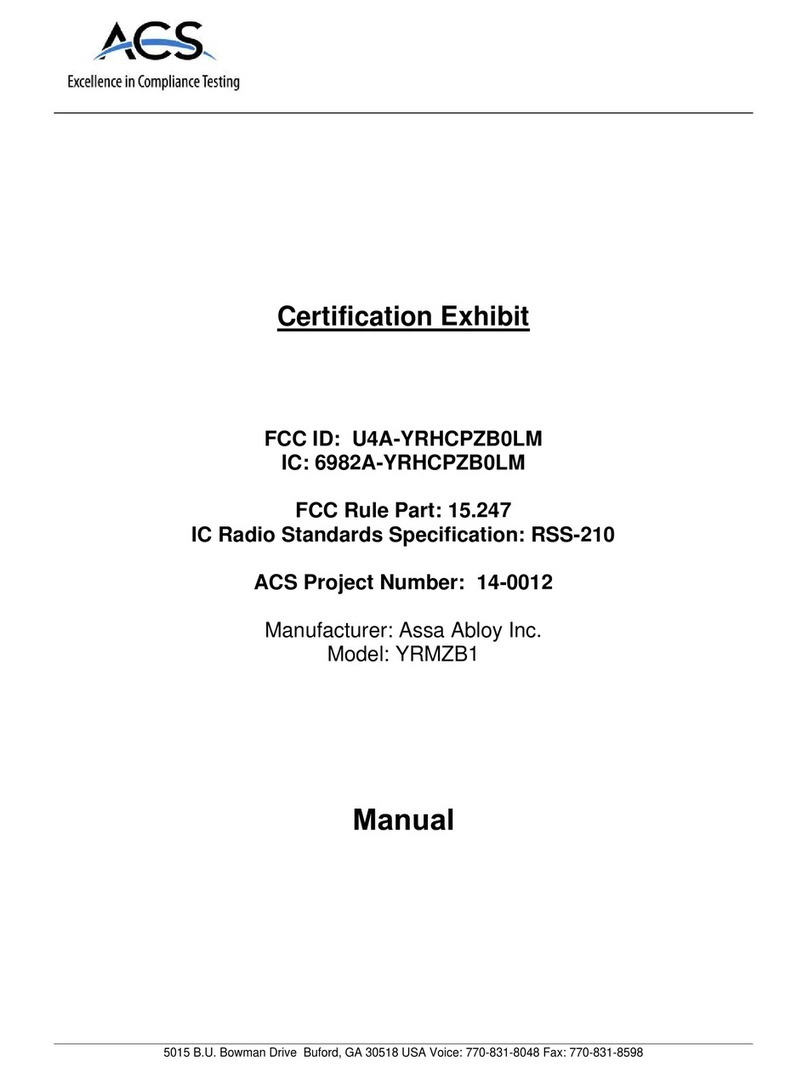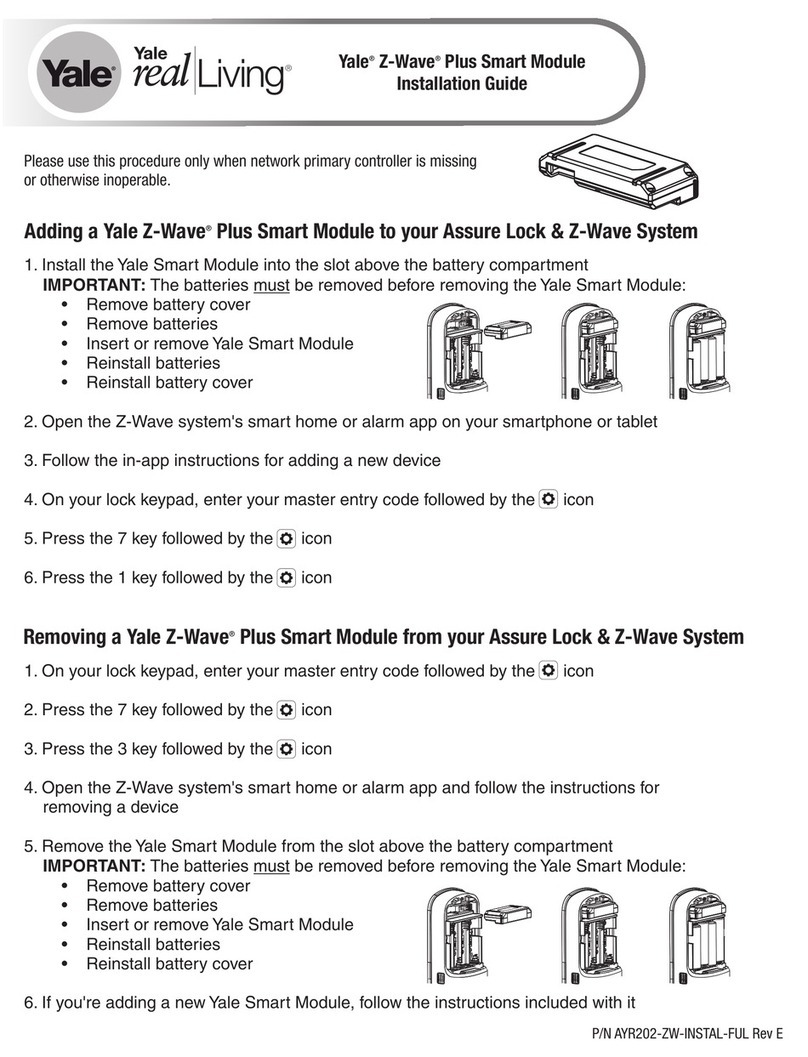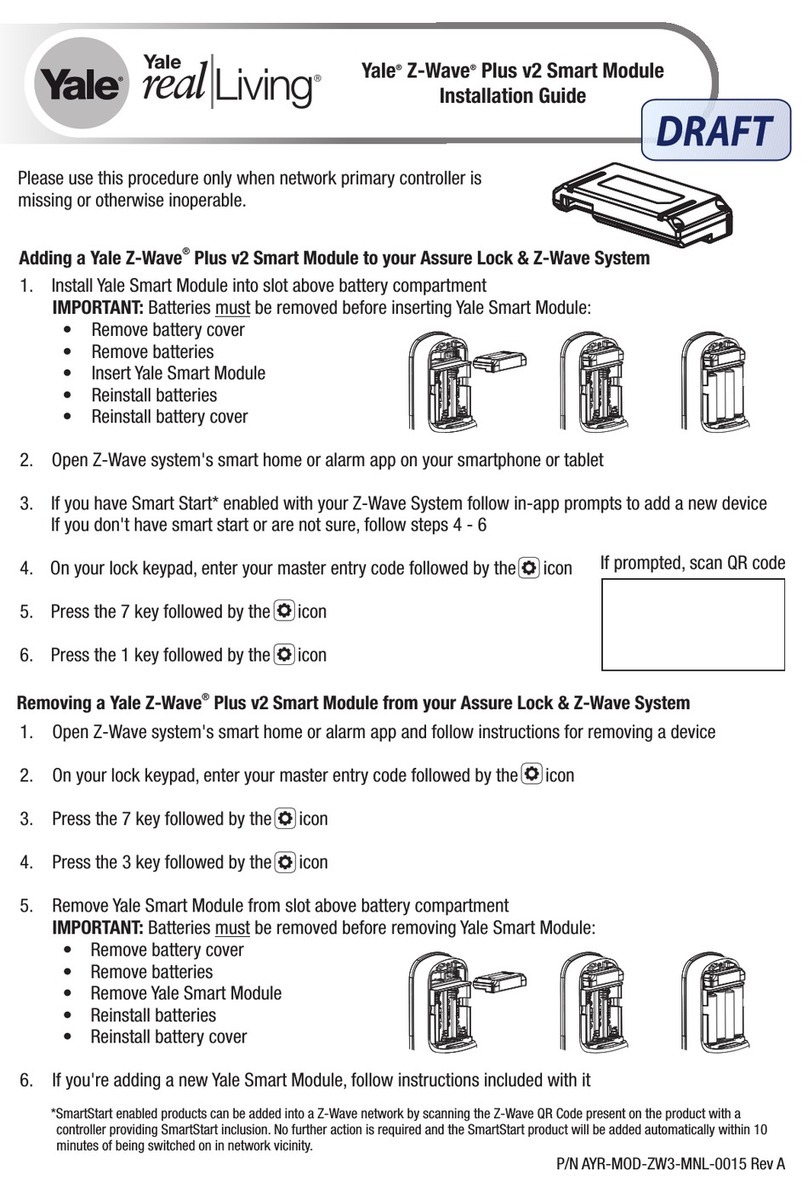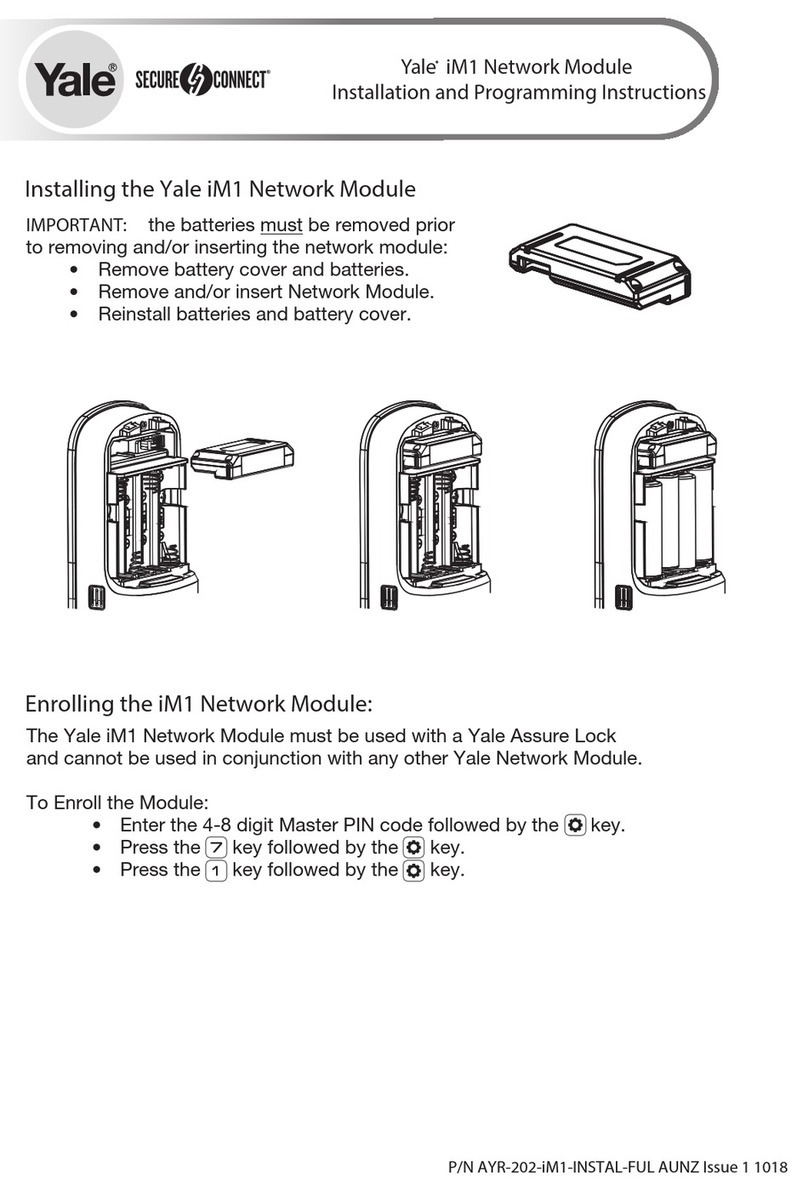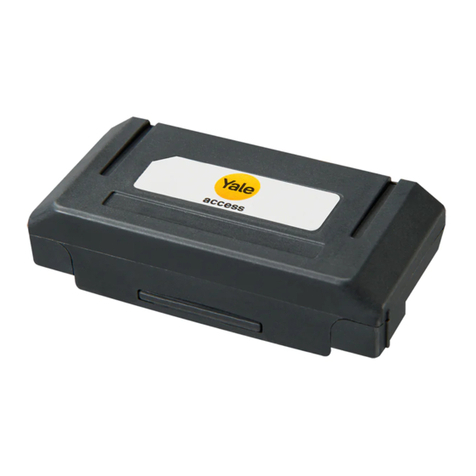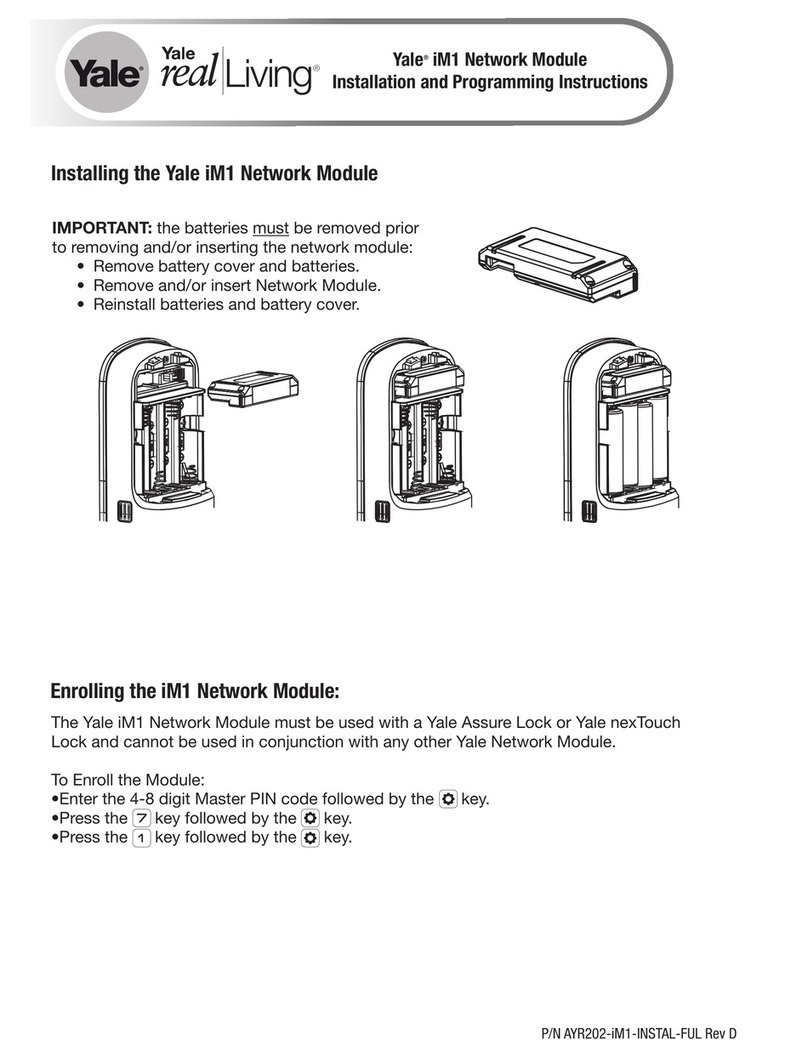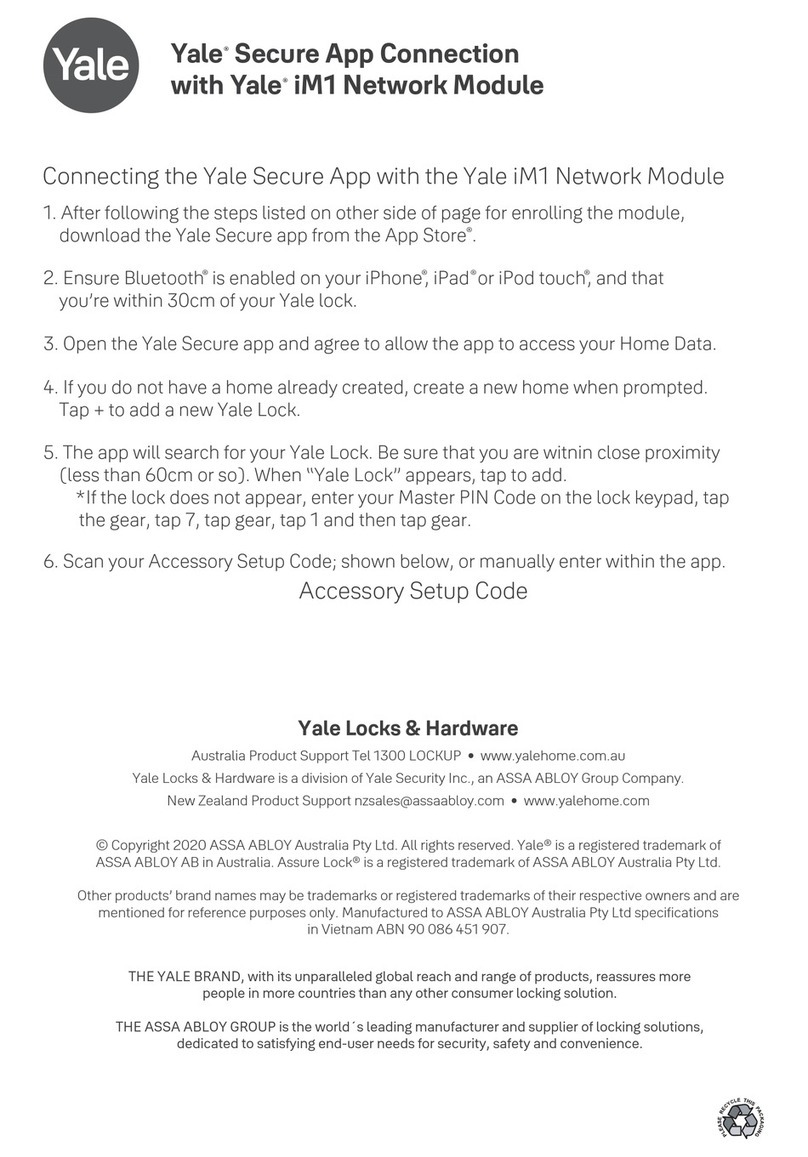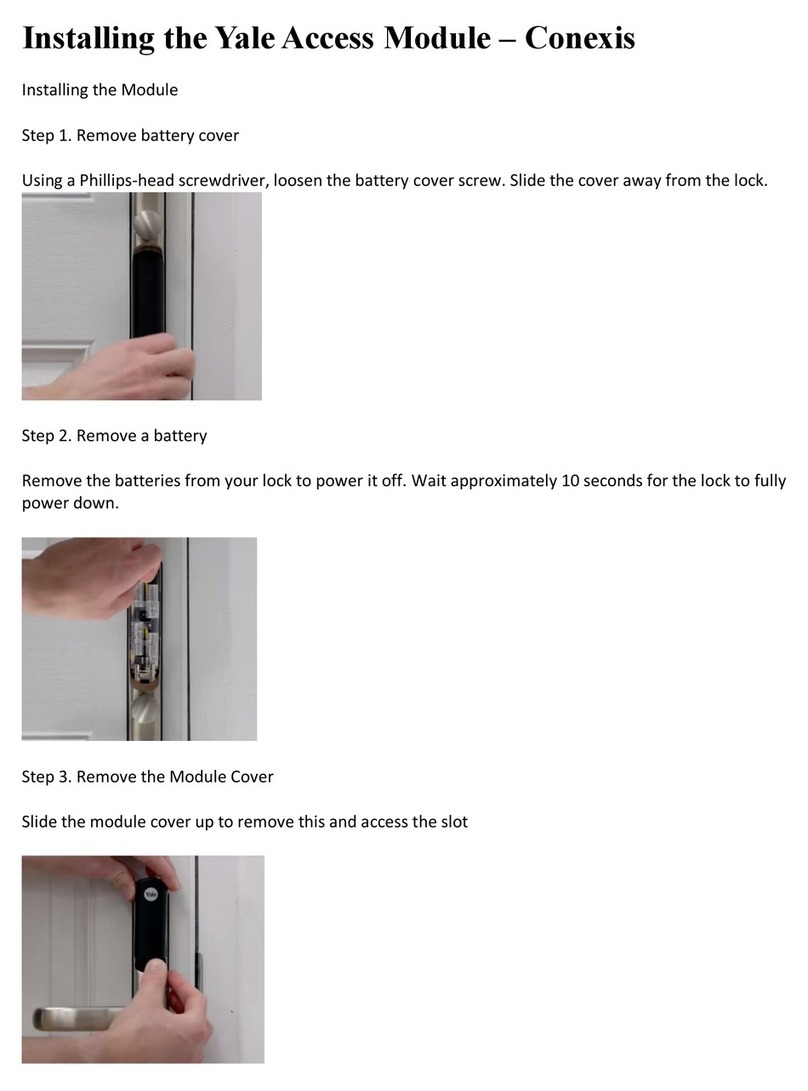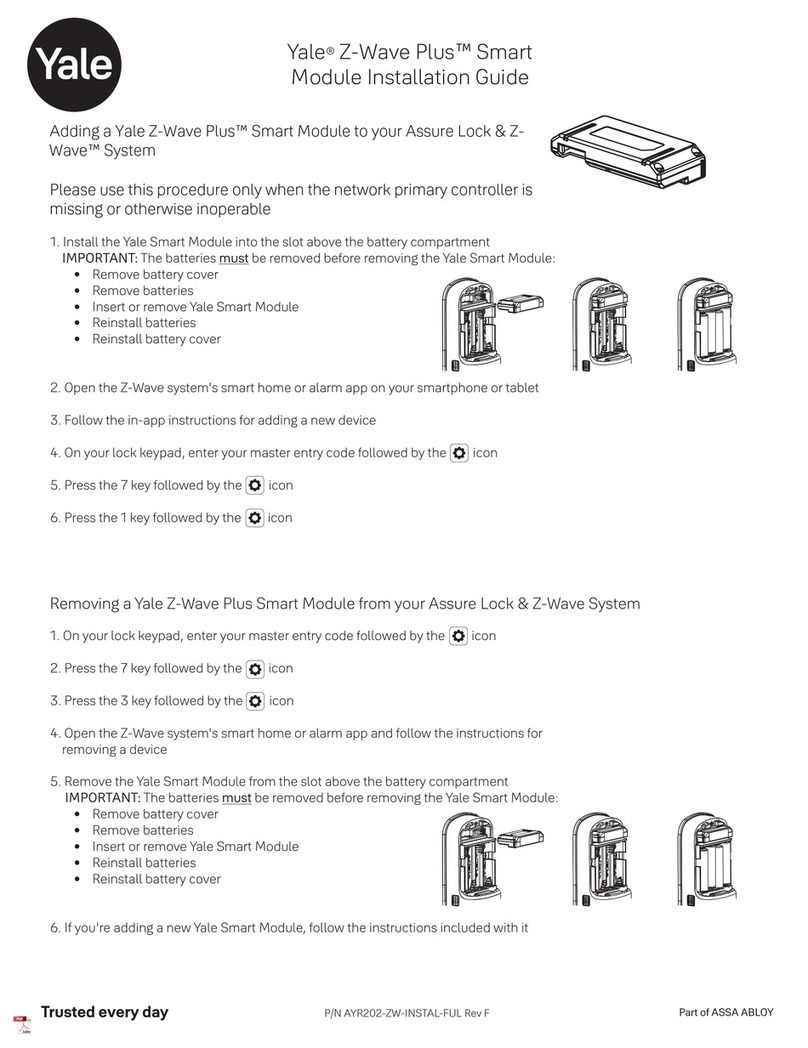Contents
1General information .......................................................................................................................................................................................... 5
1.1 General information on these operating instructions.................................................................................................................................. 5
1.2 Contents of the operating instructions .......................................................................................................................................................... 5
1.3 Approvals / Test marks..................................................................................................................................................................................... 5
1.4 Disclaimer / Loss of warranty .......................................................................................................................................................................... 5
1.5 Symbols.............................................................................................................................................................................................................. 6
1.6 Target group....................................................................................................................................................................................................... 7
1.7 Warranty claims................................................................................................................................................................................................. 7
1.8 Misuse................................................................................................................................................................................................................. 7
1.9 Commissioning / Operation / Documentation............................................................................................................................................... 7
1.10 Standards and directives.................................................................................................................................................................................. 8
1.11 Intended use....................................................................................................................................................................................................... 8
2General safety instructions.............................................................................................................................................................................. 9
2.1 Installation requirements.................................................................................................................................................................................. 9
2.1.1 Protective conductor .................................................................................................... 9
2.2 Residual risks................................................................................................................................................................................................... 10
3Product and functional description .............................................................................................................................................................. 11
3.1 Description ....................................................................................................................................................................................................... 11
3.2 Load sensor...................................................................................................................................................................................................... 11
3.3 Front view......................................................................................................................................................................................................... 12
3.4 Block diagram SLE 3....................................................................................................................................................................................... 13
3.5 Schematic circuit diagram ............................................................................................................................................................................. 14
3.6 Safety functions............................................................................................................................................................................................... 14
3.6.1 Overload cut-off.......................................................................................................... 14
3.6.2 Sensor errors.............................................................................................................. 15
3.7 Control and monitoring functions................................................................................................................................................................. 15
3.7.1 Actuation..................................................................................................................... 15
3.7.2 Relay outputs ............................................................................................................. 16
3.7.3 Motor management.................................................................................................... 16
3.7.4 Operating time counter .............................................................................................. 18
3.7.5 Temperature monitoring for hoist and travel motors................................................. 18
3.7.6 Signaling relays.......................................................................................................... 19
4Installation ........................................................................................................................................................................................................ 20
4.1 Dimensions....................................................................................................................................................................................................... 20
4.2 Attachment possibilities................................................................................................................................................................................. 20
4.3 Cable connection............................................................................................................................................................................................. 20
4.4 Cables ............................................................................................................................................................................................................... 20
4.5 Mounting........................................................................................................................................................................................................... 20
5Commissioning, tests, settings and maintenance ..................................................................................................................................... 21
5.1 Commissioning and regular tests................................................................................................................................................................. 21
5.2 Change to the cut-off point ............................................................................................................................................................................ 22
5.3 Settings............................................................................................................................................................................................................. 22
5.3.1 Testing bay function................................................................................................... 22
5.3.2 Activating the testing bay function ............................................................................. 23
5.4 Crane test.......................................................................................................................................................................................................... 24
5.4.1 Activation of the function "Crane test": ...................................................................... 24
5.4.2 Deactivation of the crane test .................................................................................... 24
5.5 Documentation of changes to the cut-off point .......................................................................................................................................... 25
5.6 Device or sensor replacement....................................................................................................................................................................... 26
5.7 Maintenance..................................................................................................................................................................................................... 26
5.8 Wear parts ........................................................................................................................................................................................................ 26
6Error and warning messages, faults............................................................................................................................................................. 27
6.1 Operation.......................................................................................................................................................................................................... 27
6.2 Error state indicators ...................................................................................................................................................................................... 28
6.3 Warning messages.......................................................................................................................................................................................... 29
7Decommissioning............................................................................................................................................................................................ 30
8Technical data.................................................................................................................................................................................................. 31
8.1 Rating plates .................................................................................................................................................................................................... 33

